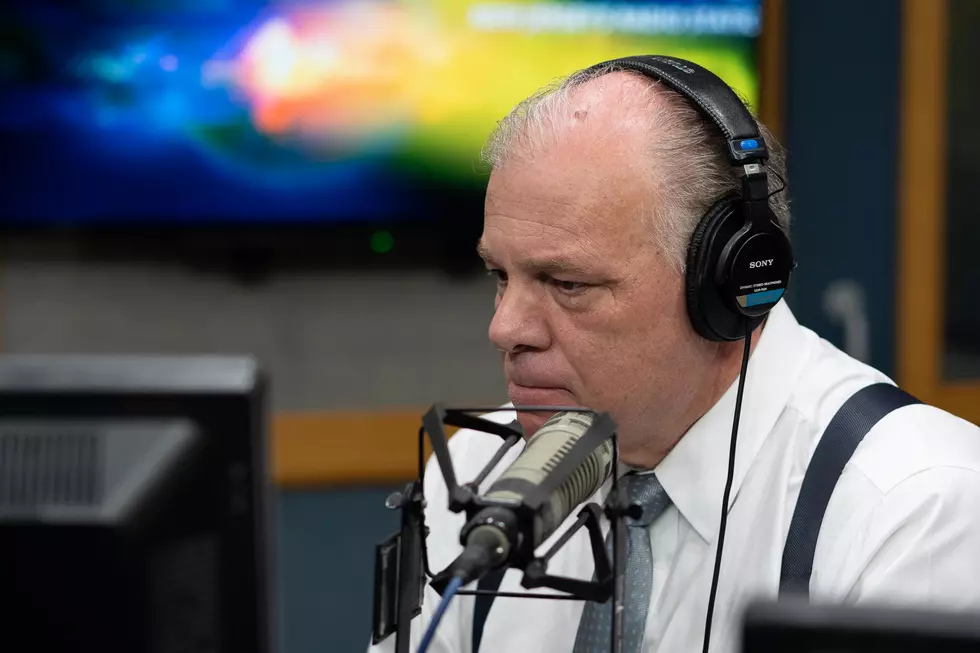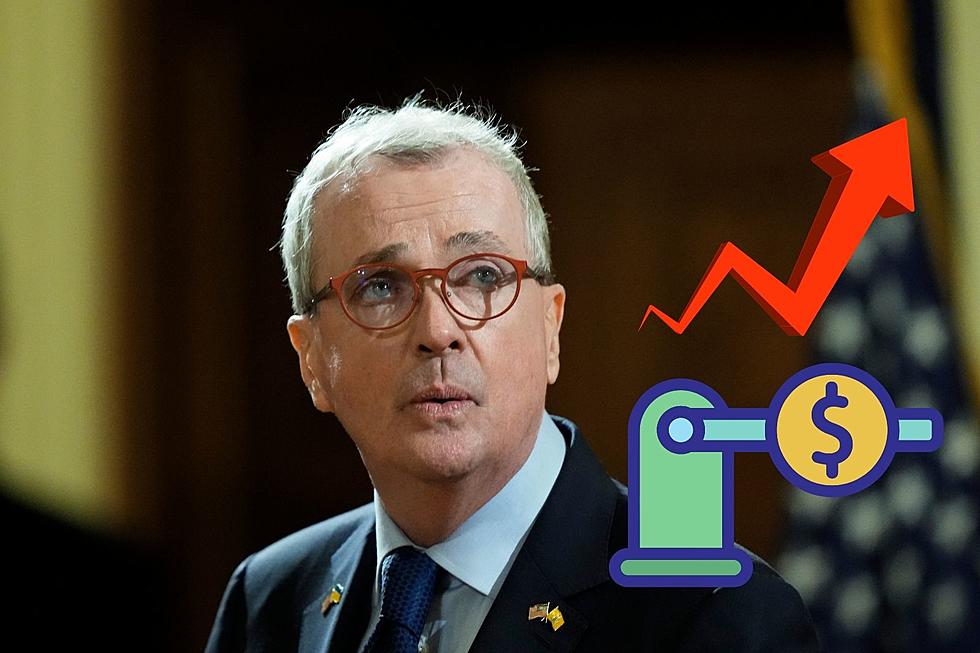
NJ pension reforms not an option. They’re a must. (Analysis)
As New Jersey lawmakers enter what is known as the “lame duck” legislative session, they may take a look at several controversial measures that failed to generate enough support over the last 11 months to make it into law.
Among the more contentious issues are pension and health benefits reforms many believe are needed to preserve those benefits for current and future public sector employees. Gov. Phil Murphy has been resistant to any fundamental changes to the current pension and health benefits structure. Murphy did negotiate changes to the health care plans available to current and retired state employees and teachers and claimed it would save taxpayers half a billion dollars over two years.
At the time, Sen. President Steve Sweeney called the reforms a “small step,” and has renewed the push for much bigger reforms. Sweeney commissioned a nearly year-long study culminating in his “Path to Progress” plan. Both the governor and union leaders have given the reforms a cool reception.
At the heart of Sweeney’s plan is moving public employees and teachers into a 401(k)-style plan if they have less than five years of service credits. Sweeney also wants to do away with the top-tier of employee benefits and raise the retirement age to 67. Since announcing his proposed reforms, Sweeney has shown little desire to compromise and this week doubled down when he told me his reforms are “not an option, they are the only solution.” Asked if the issue would come up between now and the start of next year, a Sweeney aide said legislative hearings are still planned, but was unsure of the timing.
It’s likely Sweeney will be able to get the votes he needs to pass his reforms out of the state Senate, but their future is murky in the Assembly. Speaker Craig Coughlin has been noncommittal on Sweeney’s “Path to Progress” reforms. However, before the Assembly elections last month, he announced his own reforms that he claimed would save taxpayers (at the state and local level) at least $300 million while at the same time reducing out-of-pocket costs for teachers, as NJ.com reported at the time.
Coughlin’s proposal does not include reforms to pension system, but it does have the support of the New Jersey Education Association. Many saw it as an attempt to pacify union leadership and keep their election year contributions flowing. Sweeney said Coughlin’s bill would never see action in his house and accused the speaker of pandering to the union, telling NJ.com, “elections sometimes make you make some decisions that might not be as good as they need to be.” Sweeney faced the wrath of the NJEA during his own reelection bid in 2017. The union spent millions trying to oust the Senate president, but failed. The two have been adversaries ever since.
The rising cost of maintaining public employee pension and health benefits have long put significant stress on state finances. Wall Street ratings firms have consistently blamed those costs for keeping New Jersey’s teetering on the edge of bankruptcy. The unfunded liability has been estimated at more than $100 billion. A recent S&P Global Ratings analysis quoted by the New Jersey Business and Industry Association in support of “Path to Progress” reforms showed New Jersey had approximately $81.5 billion in assets versus $212.2 billion in liabilities for current and future retirees. The shocking numbers have prompted wide-ranging discussions about many possible reforms, but the three key players needed to enact any reforms (Murphy/Sweeney/Coughlin) have yet to coalesce into any substantive plan of action. While both Sweeney and Coughlin could schedule hearings, or even votes, on their proposals, the lack of agreement forecasts further inaction on a system everyone agrees is broken, but can’t agree on how to fix.
More from New Jersey 101.5:
More From New Jersey 101.5 FM









